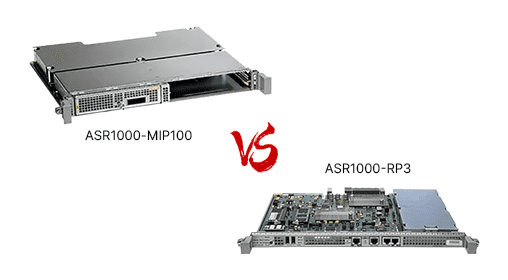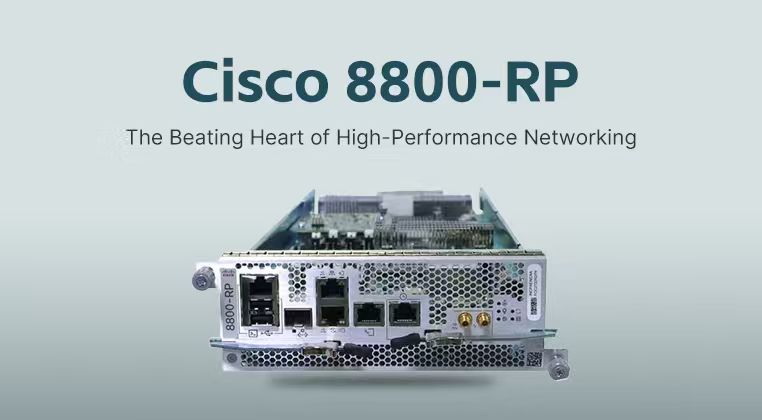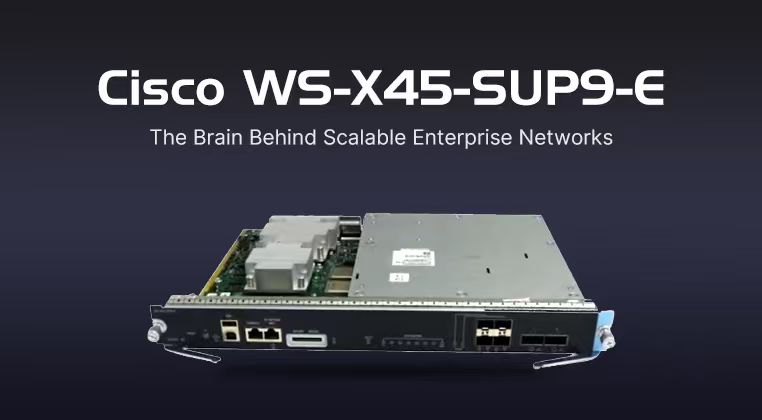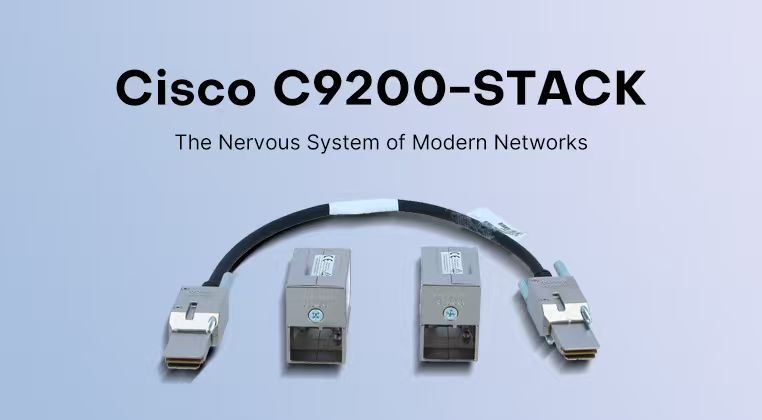














Cisco's ASR1000 Showdown: RP3 vs MIP100 - The Brain and Brawn of Your Network
Hey there! So you're trying to get your head around the difference between Cisco's ASR1000-RP3 and the ASR1000-MIP100, right? It's a classic case of comparing the brain of the operation with the muscle. They're not really direct competitors; they're a team working inside the same ASR1000 chassis. Let's break down what each one does and why you need both.
First up, the hard numbers. This isn't about which one is "better," but about what they're each built for.
|
Core Parameter |
Cisco ASR1000-RP3 (The Brain) |
Cisco ASR1000-MIP100 (The Muscle) |
|---|---|---|
|
Role in the Chassis |
Route Processor (Active) |
Modular Interface Processor |
|
Key Function |
System control, management, runs the IOS XE operating system |
Provides physical network interfaces (ports) for connectivity |
|
State |
Active (in the example provided) |
Ok (in the example provided) |
|
Form Factor |
Processor module |
Processor module |
|
Key Consideration |
Handles control plane processing (routing protocols, management) |
Handles data plane processing (forwarding packets through its interfaces) |
Think of it like this: the RP3 (Route Processor) is the boss. It's the active one running the show, handling all the thinking tasks. It's where the Cisco IOS XE operating system lives, managing routing protocols, and making all the complex decisions . It's the command center.
The MIP100 (Modular Interface Processor) is the workforce. Its job is to provide the physical ports that your traffic actually flows through. In the provided example, it's shown as being "ok," meaning it's functioning correctly to host interface modules like the EPA-10X10GE (10G ports) and the EPA-QSFP-1X100GE (100G ports) . It's all about raw connectivity and moving data packets as fast as possible.
You don't really choose betweenthem. You choose an ASR1000 chassis and then equip it with the right combination of these components based on your needs. The RP3 manages the system, and the MIP100 (along with other cards like the ESP100 for encryption and forwarding) provides the physical ports and horsepower for data processing .
For the person managing the box, the RP3 is what you interact with most of the time through the command line. Your experience is defined by the IOS XE software it runs. The MIP100, on the other hand, is more of a behind-the-scenes workhorse. You configure the interfaces it hosts, but you don't directly "talk" to it. Its job is to be reliable and keep those ports running.
Since they're part of a system, a strict "value for money" comparison doesn't apply. You need both for the router to function. The investment is in the entire platform—chassis, RP, ESP, and MIPs. The value comes from the platform's combined power, flexibility, and the rich feature set of IOS XE, which handles everything from basic routing to advanced services like firewall, NAT, and application recognition .
Cisco ASR1000-RP3: The System Commander
Pros: It's the central control unit running IOS XE. Handles all the management and control plane tasks. You need it for the router to operate.
Cons: It doesn't handle data forwarding itself. Relies on other components (like the MIP100 for interfaces) to actually move traffic.
Cisco ASR1000-MIP100: The Connectivity Specialist
Pros: Provides essential physical network interfaces. Allows for flexibility in port density and speed (e.g., supporting 10G and 100G modules). Designed for reliable data plane operation.
Cons: It's a supporting component; it can't function without a Route Processor to control it.
Stability is a hallmark of the entire ASR1000 platform. The RP3 and MIP100 are engineered for high availability and continuous operation. The RP3's stability comes from the mature IOS XE operating system, while the MIP100's stability is about reliable, high-speed data handling . These are modules built for mission-critical network environments.
So, the bottom line? You're not picking one over the other. It's about understanding their roles. The RP3 is the brain—it's all about intelligence and control. The MIP100 is the brawn—it's about physical connectivity and moving data. Together, they form the core of a powerful and versatile ASR1000 series router. When planning, you'll decide how much "brain" power you need and how much "brawn" (interface density and type) you require to build a box that perfectly fits your network's demands.




